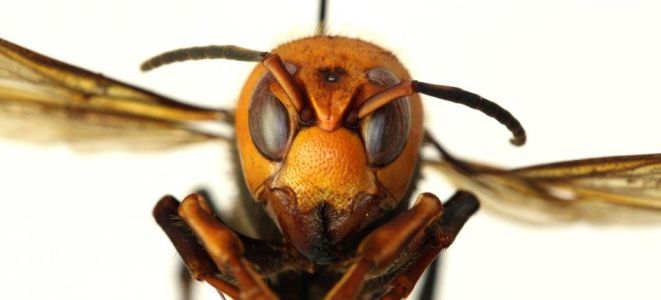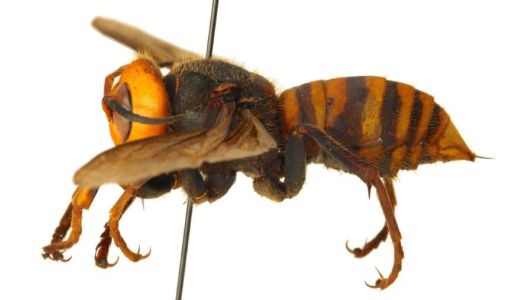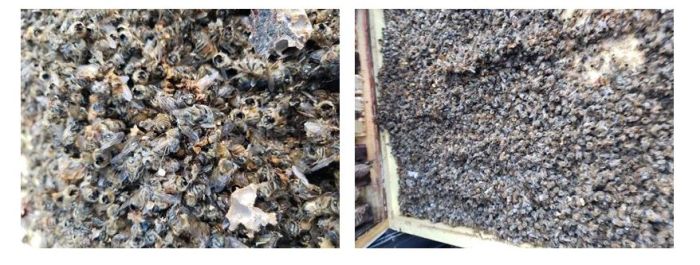
‘Murder Hornets’ trying to gain foothold in the U.S.

As if the 2020 coronavirus pandemic isn’t enough to deal with, media reports that “Murder Hornets,” a new two-inch-long variety of insect with a sting “strong enough to kill humans,” have now landed in the U.S.
It might help you feel a bit more at ease to know that most State Agricultural Departments object to the term “murder hornet” and instead recommend we go with the official species name, the Asian giant hornet (Vespa mandarinia.)
According to the Washington State Department of Agriculture, the Asian giant hornet attacks and destroys honeybee hives. A few hornets can destroy a hive in a matter of hours. The hornets enter a “slaughter phase” where they kill bees by decapitating them. They then defend the hive as their own, taking the brood to feed their own young. They also attack other insects but are not known to destroy entire populations of those insects.
While they do not generally attack people or pets, they can attack when threatened. Their stinger is longer than that of a honeybee and their venom is more toxic. They can also sting repeatedly.
If it becomes established, this hornet is feared to have negative impacts on the environment, economy, and public health of those states impacted by its presence.
Warning: Use Caution Near Asian Giant Hornets
Use extreme caution near Asian giant hornets. The stinger of the Asian giant hornet is longer than that of a honeybee and the venom is more toxic than any local bee or wasp. Typical beekeeping protective clothing is not sufficient to protect you from stings. If you find a colony, do not attempt to remove or eradicate it. Report it to your local State Department of Agriculture immediately. Anyone who is allergic to bee or wasp stings should never approach an Asian giant hornet.

Identifying Asian Giant Hornet
- Usually 1.5 – 2 inches in length
- Large orange/yellow head with prominent eyes
- Black and yellow striped abdomen
- Forms large colonies that usually nest in the ground
Asian Giant Hornet Attacks
You may not see Asian giant hornets themselves, but you may see the aftermath of an Asian giant hornet attack. These hornets will leave piles of dead bees, most of them headless, outside their beehive, similar to that shown in the photos below. These photos are courtesy of Washington beekeeper Teddy McFall. (WSDA has not been able to confirm that these are definitely the result of an AGH attack.)

Currently, we are only receiving reports of the hornet landing in the Northwest U.S. and across the border in Canada, according to CBS News. Drexel University Professor Jon Gelhaus said that the hornet likely came in on a flight or cargo ship.
Check out the National Geographic video accompanying this article for a quick overview of Asian giant hornet.
(Source: Washington State Department of Agriculture)
Posted by: Richard Webster, Ace News Today / Follow Richard on Facebook and Twitter






